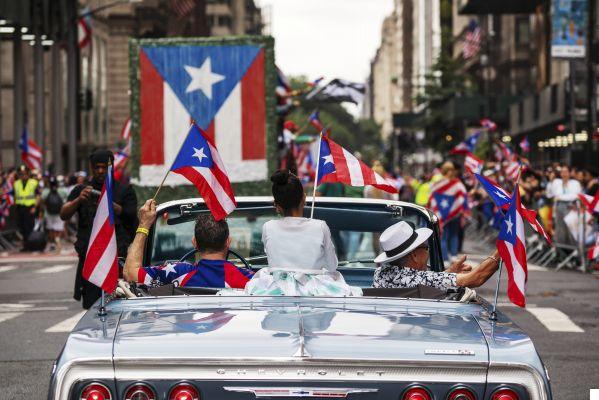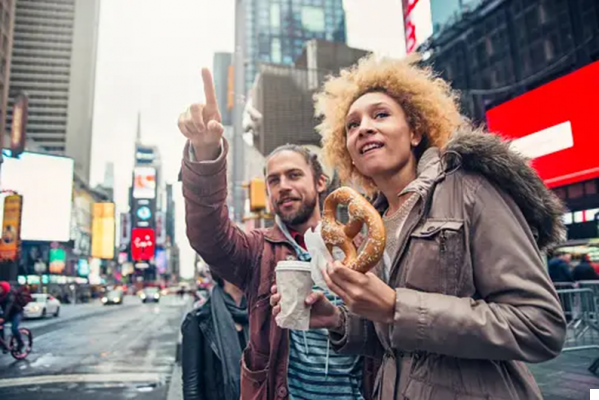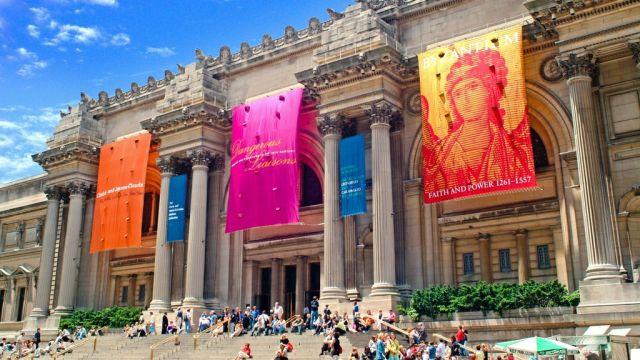How to Get Around New York City: Public Transportation Options and Alternatives
Getting around New York City is made easy with a variety of public transportation options and alternatives. Whether you are a local resident or a visitor from afar, the City's extensive network of trains, buses, taxis, and other modes of transportation can take you wherever you need to go. In this article, we will explore the different ways to navigate the city, providing historical context, analytical insights, and future perspectives on public transportation in New York City.
Conclusions
When it comes to getting around New York City, there are numerous options available. For those traveling from outside the United States, flying into one of the major airports such as John F. Kennedy International Airport, LaGuardia Airport, or Newark Liberty International Airport is a convenient choice. Visitors can find a range of hotels located near each airport for easy access.
If you are coming from a nearby suburb, trains are a popular mode of transportation. NJ Transit, Long Island Rail Road, Metro-North Railroad, and Amtrak offer comfortable and convenient service to NYC from cities near and far. Buses are also a cost-effective option, particularly for travelers coming from other East Coast cities. Companies like Megabus, FlixBus, and Greyhound provide service to New York City, along with local carriers.
For those who prefer driving, Google Maps or Waze can provide directions and navigation assistance. It is important to plan ahead for parking, as there are street parking options as well as parking garages throughout the city. Some hotels even offer package deals that include parking.
New York City is known for being a great walking city, allowing visitors to explore its diverse neighborhoods on foot. However, when you need to cover greater distances or move faster, the city offers a comprehensive public transportation system. The MTA subways and buses, accessible with an OMNY contactless payment or a MetroCard, provide access to almost every corner of the city. Taxis, as well as app-based options like Uber and Lyft, are also popular choices for getting around.
In addition to the traditional modes of transportation, New York City offers other alternatives such as ferries, bicycles, pedicabs, and even a tram. These options provide unique experiences and allow visitors to explore the city from different perspectives.
Overall, New York City's public transportation system offers a wide range of options to suit every traveler's needs. Whether you prefer the convenience of trains and buses, the flexibility of driving, or the excitement of exploring on foot, there is a transportation option for everyone in the city.
Historical Context and Evolution
- New York City has a long history of public transportation, dating back to the opening of the first subway line in 1904.
- Over the years, the subway system has expanded to cover a vast network of lines, connecting all five boroughs of the city.
- The introduction of buses in the early 20th century provided additional transportation options for residents and visitors.
- In recent years, the city has embraced new technologies and payment systems, such as the OMNY contactless payment system, to improve the efficiency and accessibility of public transportation.
Analytical Insights
To gain a deeper understanding of New York City's public transportation system, let's explore some key data and trends:
| Mode of Transportation | Usage | Advantages |
|---|---|---|
| Subways | Millions of daily riders | Extensive coverage, fast travel times |
| Buses | Millions of daily riders | Flexible routes, accessibility |
| Taxis | Popular among tourists and locals | Convenience, door-to-door service |
| App-based options (Uber, Lyft) | Increasing popularity | Convenience, competitive pricing |
| Ferries | Growing usage | Scenic views, alternative transportation |
These insights highlight the diverse range of transportation options available in New York City, each with its own advantages and popularity among different groups of people.
Future Outlook
The future of public transportation in New York City looks promising, with ongoing efforts to improve and expand the existing infrastructure. Some potential developments and initiatives include:
- Expansion of subway lines to underserved areas
- Integration of new technologies for improved efficiency and accessibility
- Increased focus on sustainability and environmentally-friendly transportation options
- Continued investment in infrastructure upgrades and maintenance
These future perspectives aim to enhance the overall transportation experience in New York City, making it even more convenient and accessible for residents and visitors alike.
In conclusion, New York City offers a comprehensive public transportation system with a wide range of options and alternatives. Whether you prefer trains, buses, taxis, or other modes of transportation, the city has something to suit every traveler's needs. With a rich historical context, analytical insights, and future perspectives, this article has provided a thorough exploration of how to get around New York City using public transportation options and alternatives.













